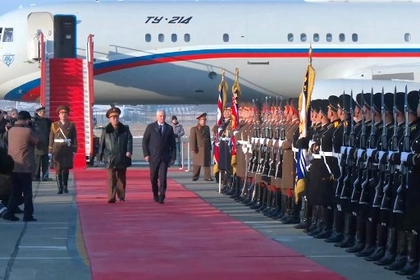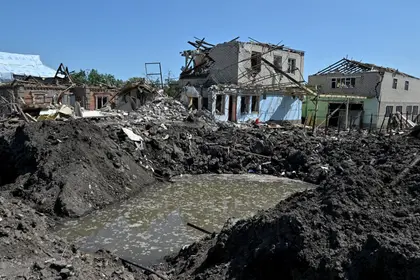The daily average of Russian combat air strikes on Ukrainian territory increased by nearly 60 percent yesterday, during intense fighting prompted by Ukraine’s summer offensive. Air strikes have now risen to over 1000 for the month of June, an analysis by Kyiv Post has determined.
The General Staff of the Armed Forces of Ukraine (AFU), in its latest 0600 daily briefing, disclosed 83 Russian air strikes took place on Tuesday, June 20. The average number of daily Russian air strikes for June thus far has been 53.
- Obtain the most contemporary war in ukraine update from the Kyiv Post’s news reports today.
- Look at the most up-to-date Ukraine news that came out today.
JOIN US ON TELEGRAM
Follow our coverage of the war on the @Kyivpost_official.
During the current month, Russia has conducted a 1126 air raids on Ukrainian territory, according to analysis by Kyiv Post of the data contained in the AFU’s updates.
While complete and verified data is not available, it appears that the greatest number of air strikes in one day, since the beginning of Russia’s full-scale invasion, was on June 11, 2023 when there were 92 Russian raids.
Yesterday, the country’s south was the most targeted and included the following areas: Storozhyve, Prechystivka, Zolota Nyva, Blahodatne and Makarivka in the Donetsk region; Novodanilivka, Zaporizhia City, and Komyshuvakha in the Zaporizhzhia region, and; Kozatske, Odradnokamyanka and Kherson City in the Kherson region.
The villages of Storozhyve, Blahodatne and Makarivka in Donetsk region were reclaimed from Russian occupation by Ukrainian forces in the last two weeks. Ukrainian forces have been assaulting Novodanilivka in recent days.

1,100 North Korean Casualties in Russia-Ukraine War: Seoul
The Donetsk region was the single hardest hit region where 10 settlements were bombed.
The increased Russian air force activity is clearly in response to Ukrainian offensive activity in the western Zaporizhzhia region, where Ukraine has taken four villages, and along the boundary of the Zaporizhzhia and Donetsk regions, where Ukraine has taken four villages, or around 113 square kilometers of total territory.
Ukrainian and allied military experts have long argued that Russia’s air superiority will be a major obstacle to Ukraine’s counteroffensive capabilities. While Ukraine has achieved some greater parity with the provision of Western anti-aircraft and anti-missile systems, it is still significantly under-gunned in the sky and therefore its offensive’s mechanized infantry assaults are at substantial risk.
This explains President Zelensky’s persistent efforts to form an allied “coalition of jets”, including the provision advanced aircraft, such as the F-16, and the associated training for Ukrainian pilots, is logical in this context. Thus far, while some ten countries have committed to pilot training, no country has agreed to provide actual planes.
Since Russia invaded Ukraine last year, Ukraine's air force has lost 60 fighter jets or 40% of its pre-war fleet, according to a recently leaked American military intelligence document. It has just 80 or so left, which are mostly Soviet-era MiG-29s.
Poland, Slovakia, North Macedonia and Bulgaria (on behalf of the EU) have provided some 45 additional planes, but some are only suitable for parts and training rather than participation in combat sorties.

It has been reported that Russia has almost 500 planes allocated to the war.
In early July, satellite imagery showed that Russia had transferred 27 helicopters, including Kamaz KA-52 Alligator attack choppers, to an airfield in Berdyansk, which is less than 100 kilometers from the main battlegrounds in western Zaporizhia and the boundary of Zaporizhia and Donetsk.
The Ukrainian military has shot down five KA-52 between June 16 and 19.
In Kyiv Post yesterday, military expert Stefan Korshak wrote: “The Kamaz Ka-52 Alligator has been billed by the Kremlin as the world’s best helicopter gunship due to its counter-rotating rotors, “smart” targeting systems, thick armor and powerful armament.”
“A heavily-advertised feature of the aircraft is the Vikhr attack missile, a weapon Moscow claims can destroy any tank at a 10 kilometer range, enabling Ka-52 gunners to pick off targets well outside the reach of most Ukrainian air defense weapons,” he added.
On the same day that Russia hit a new high, Ukraine did not break single digits for air strikes by its small air force. It undertook nine air strikes on Russian position. The Ukrainian Air Force generally has not undertaken more than 25 air strikes in a single day since the start of the full-scale invasion.
You can also highlight the text and press Ctrl + Enter






